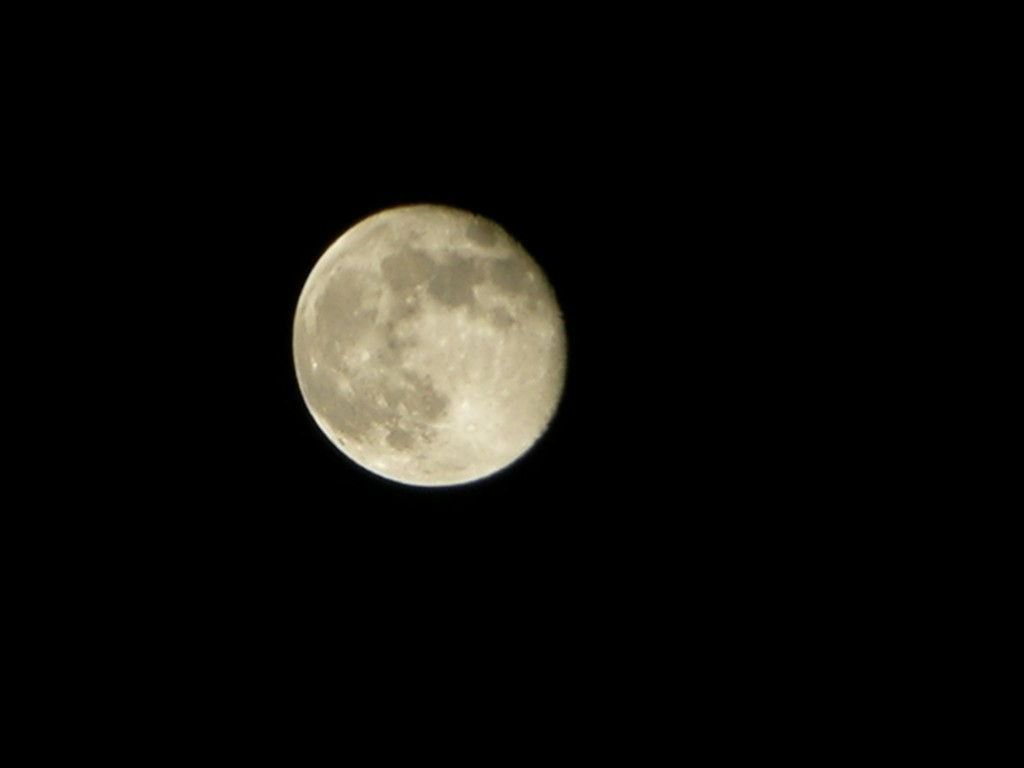Have you ever looked up into the sky and wondered what you are looking at? Maybe you have wondered when we are going to have a full moon, or what constellations are bright in the sky? Every night and day things are changing in space creating beautiful and mysterious things to look at. Here are some brief things to look forward to in the next few days.
<h3>Monday, Oct. 10</h3> As stars begin to apear in the evening look up to the Northeast to see Cassiopeia, a W-shaped constellation also know as The Queen. You will also see the Big Dipper, known as Ursa Major or The Little Bear, in the Northwest.
<h3>Tuesday, Oct. 11</h3> On this day we will all be delighted to see a full moon, which will make stargazing difficult, due to all the light.
<h3>Wednesday, Oct. 12 – Thursday, Oct. 13</h3> Jupiter can be found close to the moon. You can expect the great red spot to show itself around 11:39 p.m., our time.
<h3>Friday, Oct. 14</h3> Peeking through your binoculars you should be able to see Pleiades left of the waning moon. Also, the star Deneb will be directly overhead, replacing Vega.
<h3>Saturday, Oct. 15</h3> You can see the waning gibbous moon rise and pleiades will be right above it.
Since our sky is always changing, and always offering new sights for us to see, keep up to date on the latest things happening in space. <a href=”http://www.skyandtelescope.com/observing/highlights“>Sky & Telescope</a> is a great source that gives you plenty of information on star gazing.


